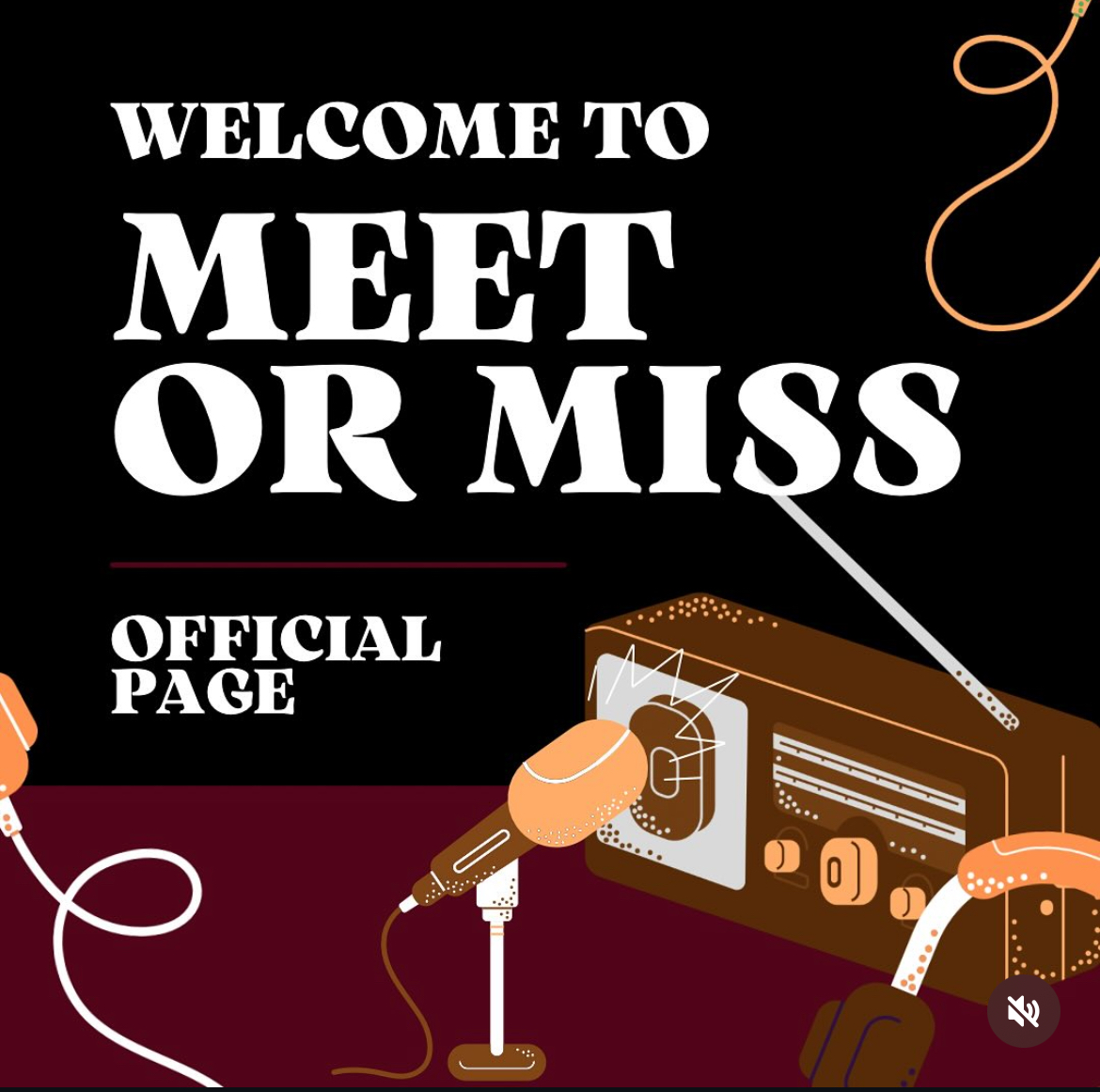Speakers from India, Finland, France, England, Canada and the United States will be in Bowling Green today and tomorrow to attend the Electric Guitar in Popular Culture Conference, hosted by the department of popular culture.
One speaker is Kimi Karki, a folk player from Finland. Karki will be part of a panel at the conference titled “The Instrumentality of the Electric Guitar.”
In addition to speaking, Karki will also be performing Saturday night at Grounds for Thought.
Despite the global diversity of the speakers and performers, most are current or former Ohio residents.
Matthew Donahue, a lecturer in the department and an organizer for the event, said this was intentional.
“Too often Los Angeles and New York get all the attention,” he said. “We want to focus in on the contributions of Ohio.”
The list of performers includes Chuck Stohl, who plays hard rock/heavy metal; Chris Buzzelli, a jazz performer; and Donahue’s band MAD 45, which plays surf/punk music.
Blues guitar player Kelly Richey will perform on Saturday in the Union theater.
Donahue described Richey as “one of the top blues guitar players in the country.”
Richey said the conference sounded “right up my alley” because “electric guitar has been my life and performing has been my life.”
Another performer is Skip McDonald, a blues guitarist who also goes by the name Little Axe.
McDonald said the guitar is important because it is most likely the most popular instrument in the world. The reason for the electric guitar’s popularity is its availability.
“You can take it anywhere, you can entertain anyone,” McDonald said. “You get a big sound for a little bit of money.”
“It’s progression. It’s about making it more available and more conducive for more people to get involved,” he said.
Donahue said the electric guitar has a long history with popular music.
“The electric guitar has been so key and crucial to so many different musical styles and has made an impact really heavily into popular music,” he said.
Richey said the electric guitar is a very symbolic instrument within popular culture.
“It’s like a battle axe,” she said. “It’s very empowering.”
Richey said one of the ways the electric guitar has been empowering is its relationship to culture.
The electric guitar has “a storyline that goes along with the change and conflict and evolution of the 60s,” she said.
Donahue said the electric guitar came out of jazz and big band music in the 1930s, where guitar players struggled to be heard over the other instruments.
“By the late 1940s, early 1950s, what you have is a situation where … the electric guitar really starts to dominate popular music and really that’s been going on since,” he said.
Blues players who needed to be heard in loud clubs and bars also contributed to the rise of the electric guitar, Donahue said, and from there the electric guitar entered other music genres.
“Everything from rhythm and blues and rock and roll of the late 40s-1950s to the present, the electric guitar has been there,”
Donahue said.
Due to this diversity of musical styles affected by the electric guitar, Donahue said the organizers chose performers who would reflect this diversity in their genres.
A complete list of performance locations and times can be found online at http://www.bgsu.edu/egpc.
Donahue said he hopes attendees of the conference will gain “an appreciation for the electric guitar, popular music, popular culture … hopefully inspiration from the many presentations and performances.”
McDonald said he wanted attendees to look beyond the intellectual at
the conference.
“It ain’t all about knowledge and wisdom, it’s about spirit and feeling as well,” he said. “You have to expand your expectations.”







